The night sky holds many moments of beauty and wonder, and 2025 offers an exceptional lineup of celestial events. From meteor showers that light up the darkness to rare planetary alignments and dramatic eclipses, this year will be memorable for sky watchers. Whether you are new to stargazing or have followed the stars for years, you will find something worth watching. Many of these events can be seen without telescopes, just clear skies and a little patience. And while some of the earlier events in the year have already taken place, it’s good to know what you might be able to expect for next year. Here are the must-see celestial events happening in 2025.
January 3: Quadrantid Meteor Shower
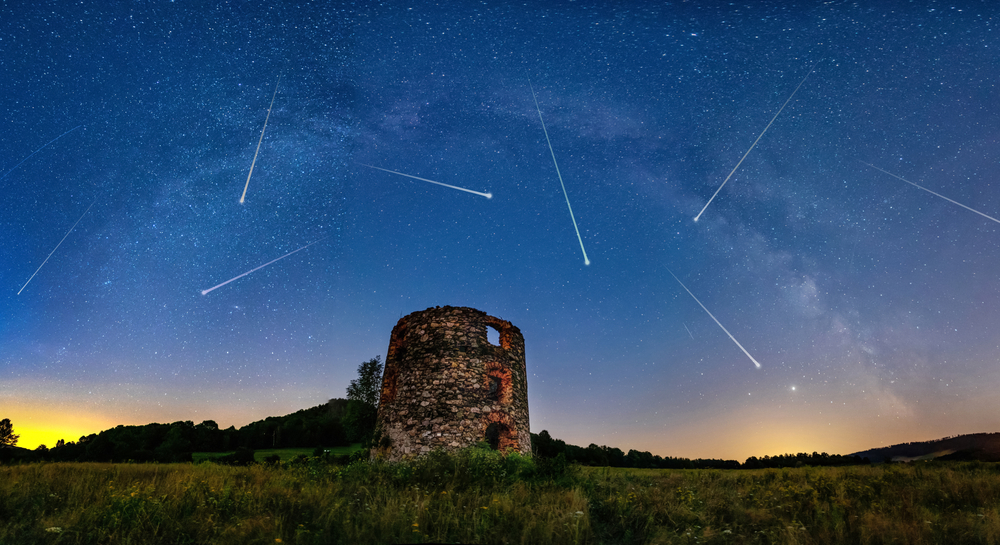
The year begins with a stunning meteor shower. The Quadrantids are known for bright fireballs and a sharp peak, sometimes offering up to 120 meteors per hour. This year, the conditions will be ideal because the Moon will not interfere, making the sky dark and clear. The best time to watch is just before dawn. You do not need any special equipment, just dress warmly, find a quiet dark spot away from city lights, and let your eyes adjust. This event is short-lived but brilliant and marks a perfect start to the sky-watching calendar.
February 28: Planetary Parade
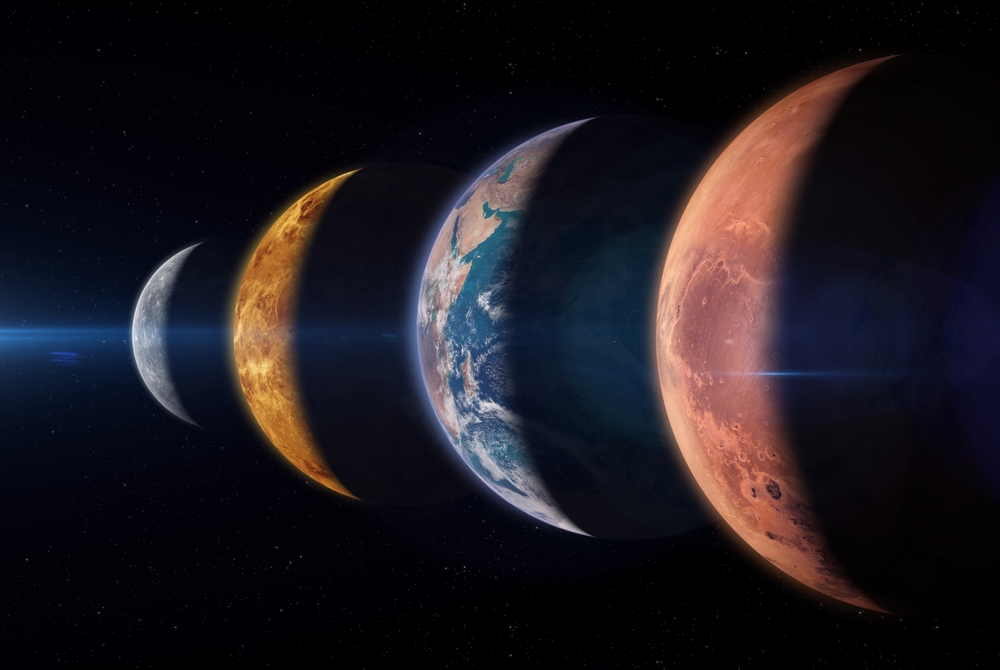
In late February, viewers will be treated to a rare planetary alignment. All seven major planets – Mercury, Venus, Mars, Jupiter, Saturn, Uranus, and Neptune, will appear in the evening sky as one of the most notable celestial events this year. Most of the planets can be seen without binoculars, although Uranus and Neptune may require some help. When aligned, they stretch along the ecliptic in a sweeping arc. It is a remarkable chance to witness nearly the entire solar system at once. The display is best just after sunset, and it helps to have a clear western horizon. Such alignments are not common, making this a highlight of the year.
March 14 and March 29: Total Lunar Eclipse and Partial Solar Eclipse
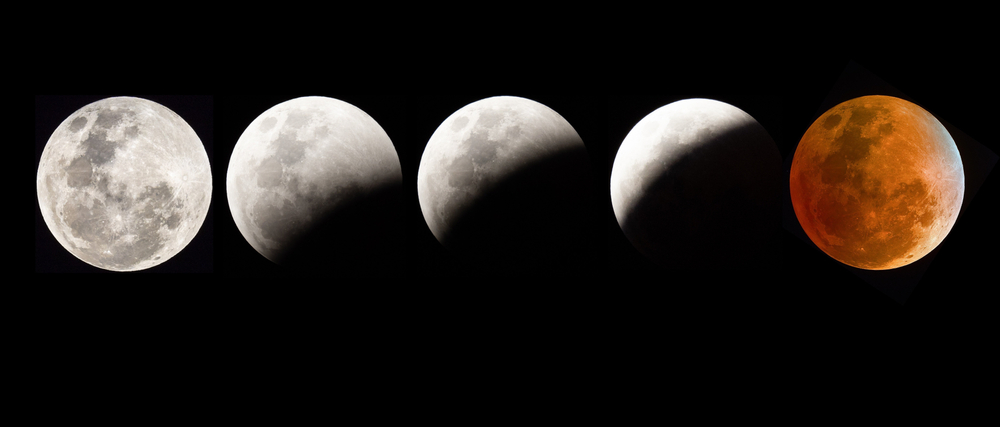
March will feature two impressive eclipse events. On the night of March 13 into March 14, a total lunar eclipse will be visible across parts of the Americas, western Europe, and Africa. The Moon will take on a reddish hue, commonly referred to as a “Blood Moon,” as it passes through Earth’s shadow. Just two weeks later, on March 29, the Sun will partially disappear during a solar eclipse. Depending on your location in North America, Europe, or northwest Africa, you may see up to 93 percent of the Sun covered. Always use proper solar filters or eclipse glasses when viewing the Sun directly.
April 21–22: Lyrid Meteor Shower
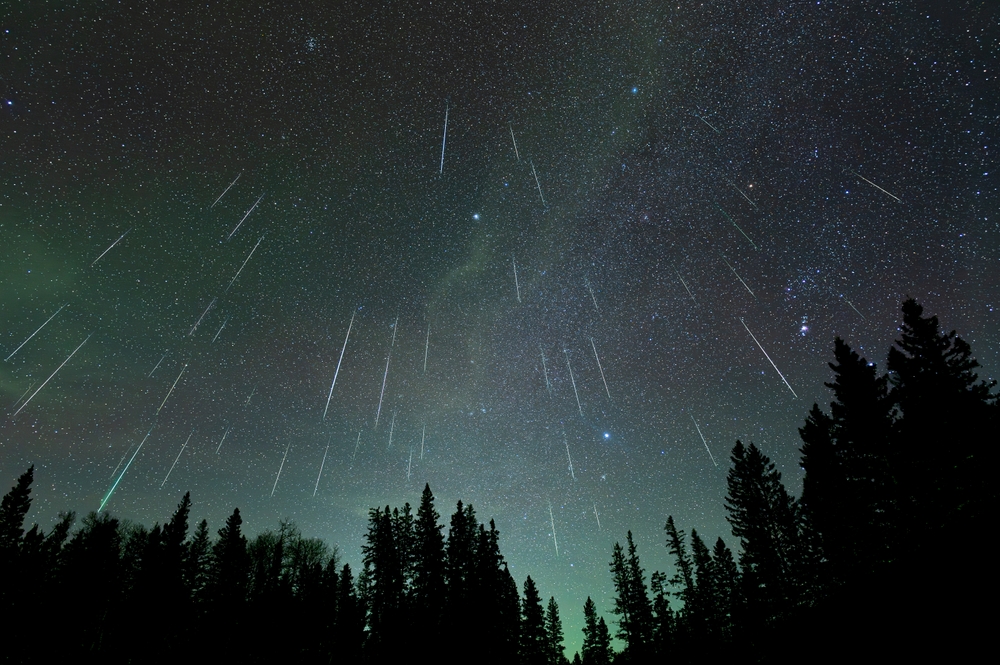
The Lyrids are one of the oldest recorded meteor showers and will peak during the night of April 21 into the early hours of April 22. They produce a modest average of 15 to 20 meteors per hour, though some years bring unexpected bursts. These meteors come from the debris of Comet Thatcher and often leave glowing trails, making it one of the most beautiful celestial events to witness. The shower radiates from the Lyra constellation and is best seen after midnight in areas with little light pollution. While not the most intense meteor display, it is consistent and well worth a look during spring.
Read More: The World’s First Dark Sky County Is Officially in Wyoming
May 3–4: Eta Aquarid Meteor Shower
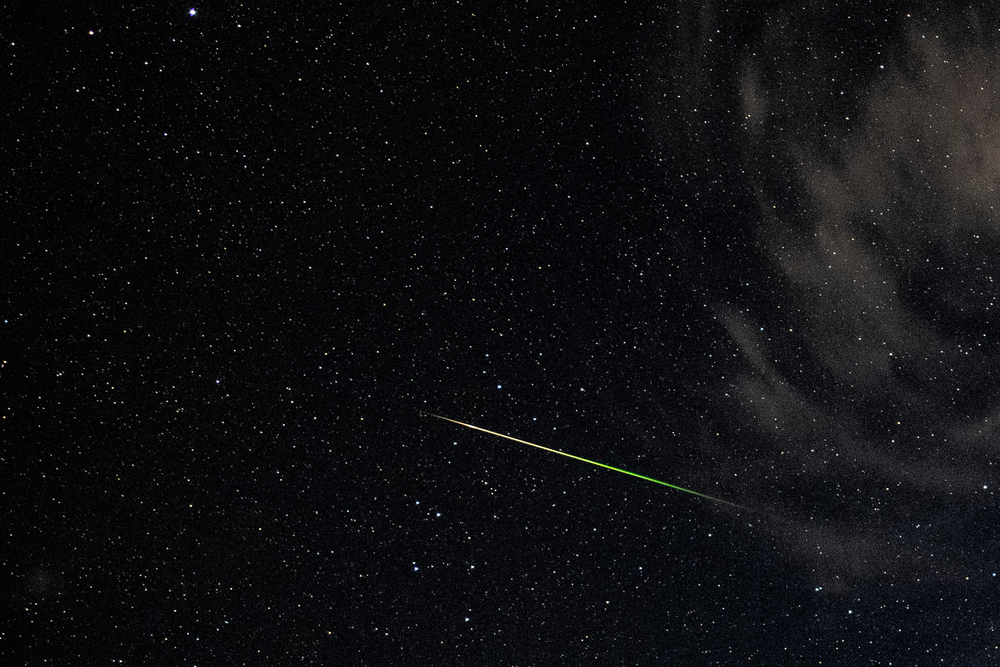
The Eta Aquarids will peak in early May and are known for producing up to 50 fast-moving meteors per hour under good conditions. These meteors are remnants of Halley’s Comet and can be especially bright. The best time to view them is during the early morning hours just before sunrise. This shower is more prominent in the Southern Hemisphere, though Northern Hemisphere observers can still enjoy a decent show. With a relatively dim Moon this year, viewing conditions should be favorable for both casual and dedicated sky watchers.
June 10–11: Strawberry Supermoon
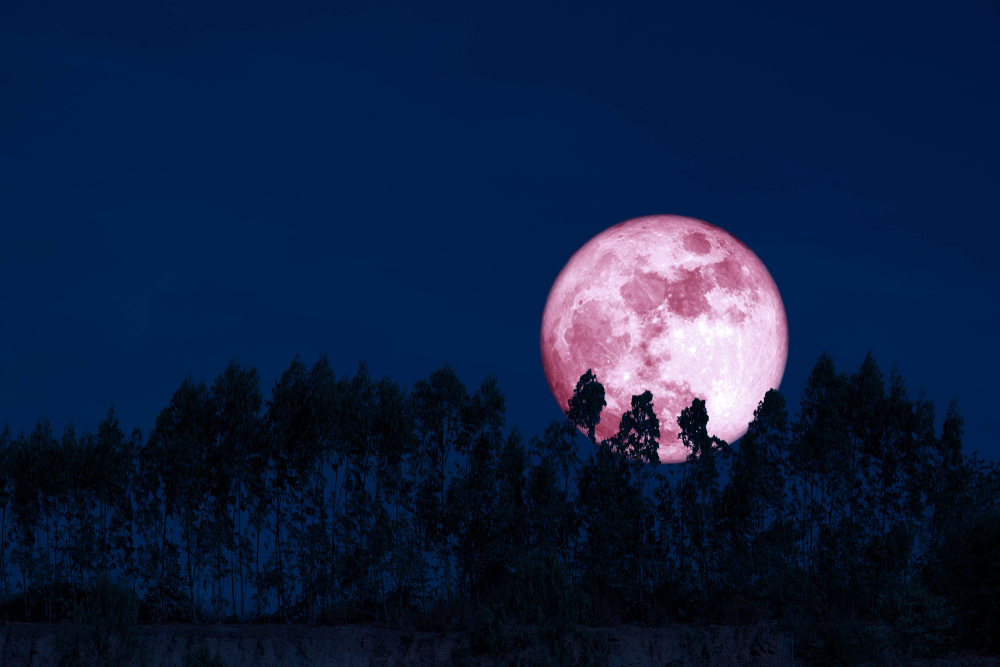
In mid-June, the Full Moon will occur while the Moon is at its closest point to Earth, making it a “supermoon.” Known as the Strawberry Moon, this name comes from traditional Native American naming related to the strawberry harvest. The Moon will appear slightly larger and brighter than usual, especially as it rises near the horizon. Its golden-red hue during moonrise makes for a beautiful sight, perfect for photos or simply a quiet moment of appreciation. You do not need any equipment, just look up and enjoy this luminous display.
August 12–13: Perseid Meteor Shower
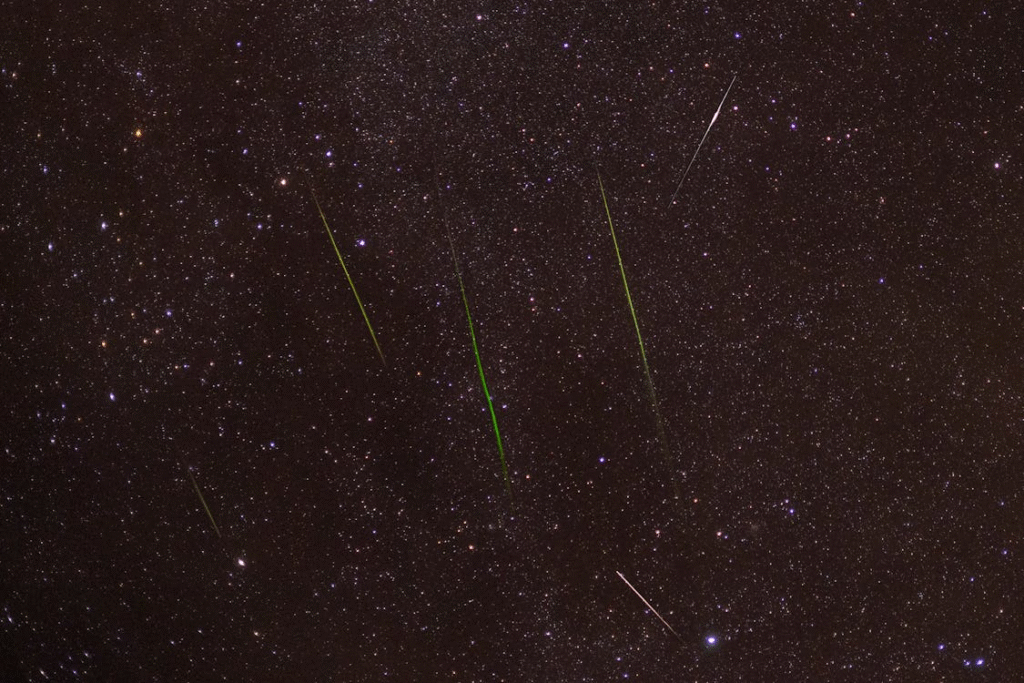
One of the most popular meteor showers of the year, the Perseids will reach their peak on the nights of August 12 and 13. They are famous for their high activity and bright trails, with up to 100 meteors per hour visible under dark skies. The Perseids originate from Comet Swift-Tuttle and are best viewed after midnight. This year’s event will benefit from minimal moonlight, which enhances visibility. Set up in a comfortable location, allow your eyes time to adjust, and enjoy one of nature’s most dazzling nighttime shows.
Read More: Mars, the Moon, and a Bright Star Will Dazzle the Night Sky Together
September 7–8: Total Lunar Eclipse
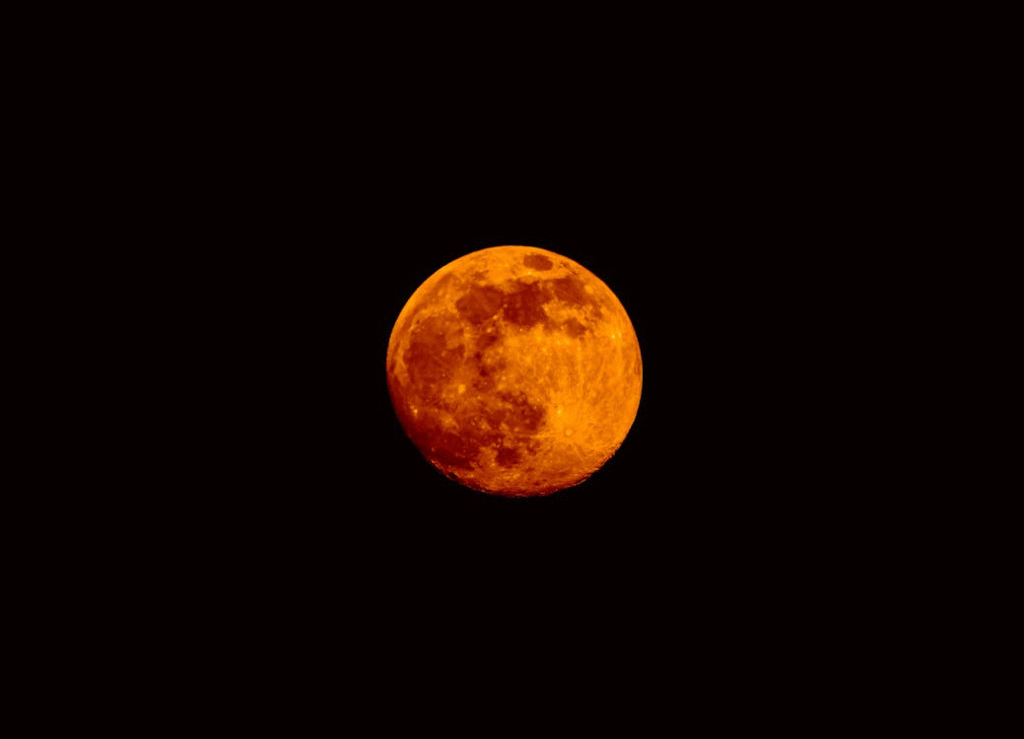
Another total lunar eclipse will take place in early September. This will be visible from Europe, Africa, Asia, and Australia. As the Moon moves through Earth’s shadow, it will take on a reddish tint, making it a striking object in the night sky. This eclipse is expected to last around 82 minutes. These types of lunar eclipses are safe to view without any equipment and can be enjoyed with the naked eye. A telescope or binoculars can enhance the experience by showing more detail on the lunar surface, although you do not need them to enjoy celestial events like this.
September 21: Partial Solar Eclipse
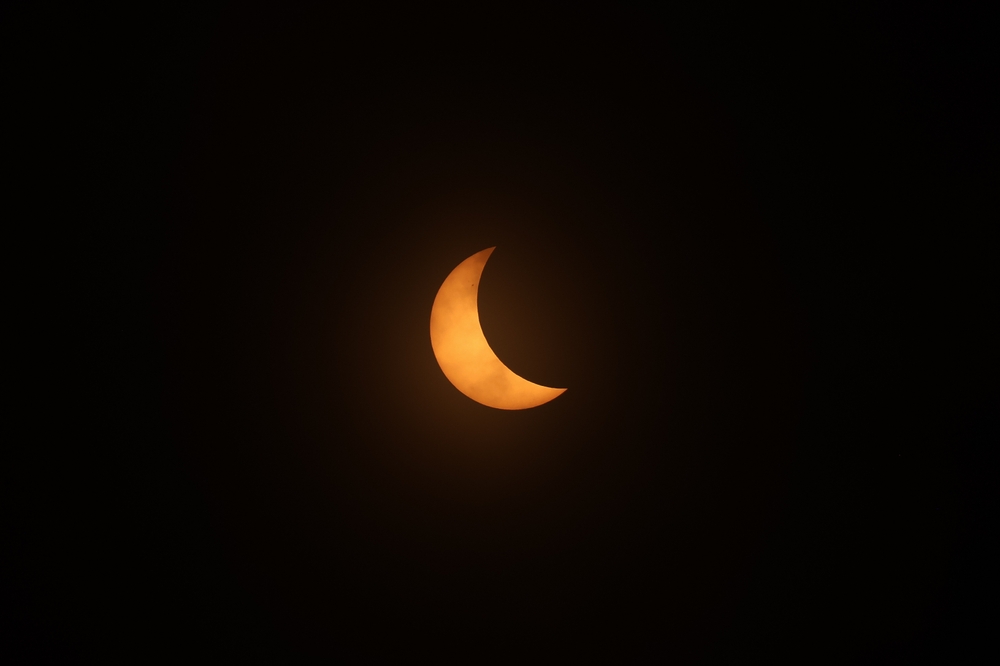
On September 21, parts of Oceania and Antarctica will experience a partial solar eclipse. Depending on the viewing location, up to 86 percent of the Sun may be covered by the Moon. While not a full eclipse, the effect can still be dramatic. It is essential to use certified eclipse glasses or a properly filtered telescope for any direct observation of the Sun to protect your eyes. Even a small telescope can enhance your view if used safely.
Final Highlights for 2025
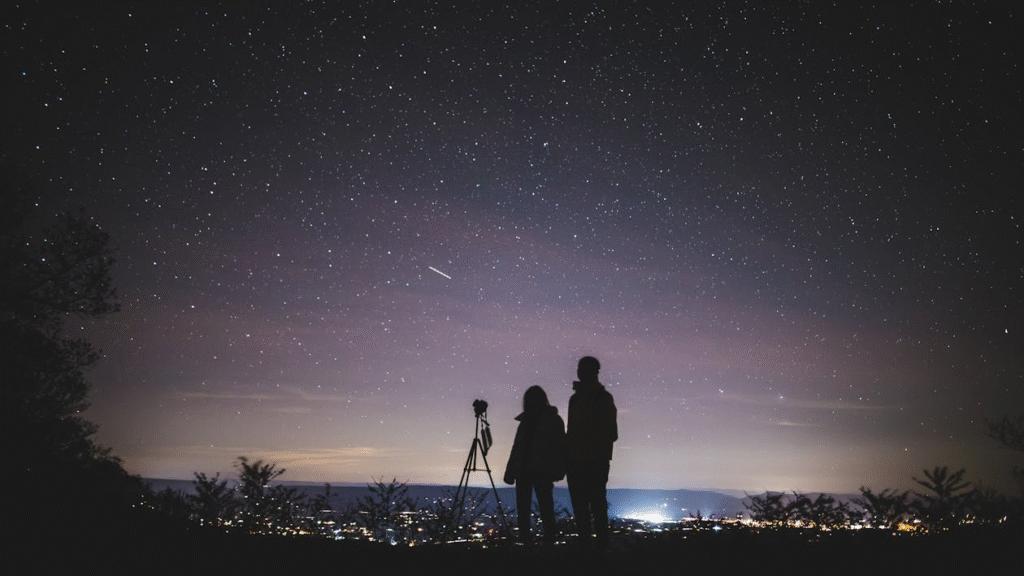
Several additional celestial events in 2025 are worth noting. Saturn’s rings will appear to vanish briefly in both March and November due to the planet’s tilt. Conjunctions of planets such as Venus and Jupiter will offer brilliant pairings in the sky. Multiple supermoons will also appear later in the year, creating opportunities for dramatic lunar viewing. The summer and winter solstices, as well as the spring and fall equinoxes, provide key seasonal milestones for observing shifts in sunlight and planetary positioning.
Whether your interest lies in meteors, eclipses, or planetary events, 2025 is packed with chances to marvel at the night sky. Mark your calendar, look up, and enjoy the wonders above.
Disclaimer: This article was created with AI assistance and edited by a human for accuracy and clarity.

